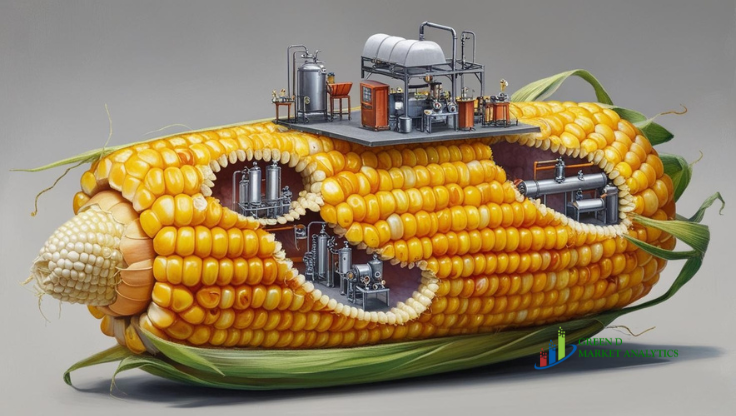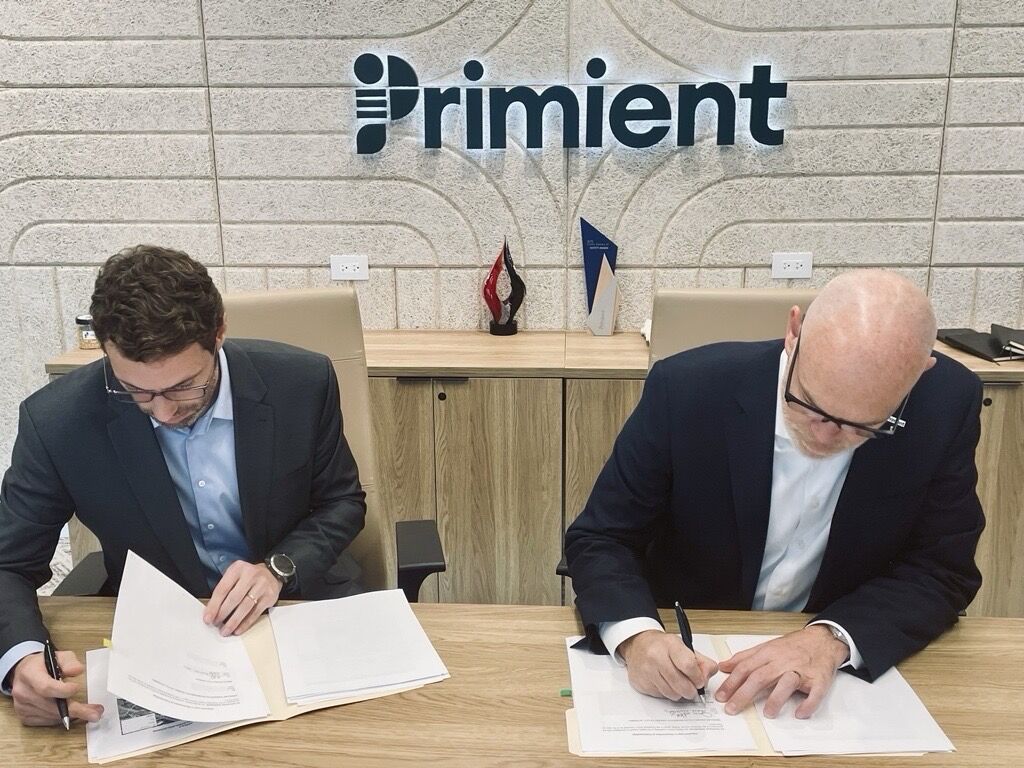This year’s Presidential Green Chemistry Challenge Winners awarded by the US Environmental Protection Agency (EPA) included Solazyme and Amyris.
Solazyme won the 2014 Greener Synthetic Pathways Award for its microalgal fermentation-based tailored oils. Solazyme’s engineered microalgae can produce oils tailored to customers’ needs that can mimic or enhance properties of traditional vegetable oils (or animal fats). These microalgae-derived oils are consistent regardless of season, geographic origin, and feedstock source.
 |
| Photo Source: American Chemical Society Green Chemistry Institute |
Summary of Technology:
For thousands of years, civilization has used approximately 12 natural triglyceride vegetable oils, including palm, soy, peanut, corn, olive, sunflower, and coconut, for food, energy, and as building blocks to make a wide variety of chemicals. However, those oils may not have the ideal composition for any particular use. Vegetable oils are isolated from their source, refined, fractionated, distilled, and often chemically modified. Achieving the desired compositions from plant oils is often energy intensive, expensive, can be wasteful, and, in some cases, requires use of hazardous chemicals.
While some companies have turned to traditional biotechnology organisms, such as E. coli and Saccromyces, to engineer to produce triglyceride oils, Solazyme recognized that the pathways that make oil in canola, soybean, palm, and coconut first evolved in microalgae. Solazyme took advantage of the inherent oil-producing ability of microalgae and developed a process to make oils via fermentation.
Solazyme’s technology combines the innate oil-producing machinery of algae with genetic engineering to express the unparalleled diversity of oil production genes. Consequently, Solazyme has the potential to produce a nearly unlimited variety of differentiated triglyceride oils while dramatically reducing the time required to produce these oils. Solazyme has screened tens of thousands of microalgae to identify the unique oils they produce with a broad array of chemical and physical properties.
In several commercial applications, Solazyme demonstrated that their oils and lubricants reduce volatile organic compound (VOC) emissions and waste compared to use of regular vegetable oils. Solazyme’s oils are currently being tested and sold commercially for use in a broad array of applications, including food, fuel, home and personal care, and industrial products.
Oils produced at Solazyme’s joint venture facility in Brazil are expected to have a lower carbon and water footprint than many current triglyceride oils and have a far lower environmental impact than the petroleum-based products they replace.
Amyris received the Small Business Award for its design of farnesene, a hydrocarbon building block that can be converted into a renewable drop-in diesel or jet fuel (or other chemicals). Use of Amyris’s renewable diesel may produce 82% less greenhouse gas emissions than use of petroleum diesel.
 |
| Photo Source: American Chemicals Society Green Chemistry Institute |
Summary of Technology:
Transportation is second only to generating electricity as a source of greenhouse gas (GHG) emissions in the United States. Gasoline consumption by automobiles is responsible for more than half of all greenhouse gas emissions from transportation, while other uses, such as diesel fuel for trucks, trains, or maritime use and jet fuel for aircraft, account for the remainder. Increases in fuel prices have led many countries, including the United States and Brazil, to begin modern large-scale production of biofuels. Locally-produced biofuels have the potential to be a significant contributor to global sustainability, including providing local employment, ensuring access to energy resources, and reducing GHG emissions.
First generation biofuels, notably ethanol and biodiesel (i.e., fatty acid methyl esters), suffer from limitations, such as limits on how much can be blended with gasoline or poor cold-weather performance. To address the known shortcomings of first generation biofuels, Amyris developed an advanced renewable fuel compatible with the existing vehicle and distribution infrastructure that is now used in heavy-duty diesel engines and commercial aircraft.
Amyris used state-of-the-art strain engineering to make yeast that converts sugars into the hydrocarbon farnesene rather than ethanol. Farnesene can then be hydrogenated to farnesane, a renewable drop-in replacement for petroleum diesel and a blend-stock for jet fuel. A recent lifecycle analysis estimated an 82 percent reduction in GHG emissions for farnesane, compared with the EPA baseline fossil diesel—including indirect effects.
Farnesane can also have land-use benefits for heavy-duty transportation: a hectare of land growing soybeans to produce traditional biodiesel generates enough fuel for a bus to travel about 600 miles. If the same land is instead used to grow sugarcane to make ethanol, a bus adapted to run on ethanol could travel about 4,000 miles. However, if the sugarcane is used to produce farnesane, the unmodified diesel vehicle can travel about 5,500 miles. Breakthroughs in converting lignocellulosic biomass to fermentable sugars will further increase this benefit.
Amyris has demonstrated industrial-scale production using its proprietary yeast strains to ferment sugars into renewable fuels that meet petroleum fuel specifications. Its renewable diesel, which has been approved by EPA for blends up to 35 percent, contains no sulfur or particulates, has a higher cetane number than diesel, and has improved low-temperature performance. More recently, in June 2014, ASTM revised its standard for jet fuel to include the use of renewable farnesane as a blending component in jet fuels for commercial aviation.
The Presidential Green Chemistry Challenge Awards promote the environmental and economic benefits of developing and using novel green chemistry. These prestigious annual awards recognize chemical technologies that incorporate the principles of green chemistry into chemical design, manufacture, and use.
EPA’s Office of Chemical Safety and Pollution Prevention sponsors the Presidential Green Chemistry Challenge Awards in partnership with the American Chemical Society Green Chemistry Institute® and other members of the chemical community including industry, trade associations, academic institutions, and other government agencies.
Throughout the 19 years of the awards program, EPA has presented awards to 93 winners. Since its inception, in 1996, through 2012, EPA has received 1,490 nominations. By recognizing groundbreaking scientific solutions to real-world environmental problems, the Presidential Green Chemistry Challenge has significantly reduced the hazards associated with designing, manufacturing, and using chemicals.
Through 2013, our 93 winning technologies have made billions of pounds of progress, including:
- 826 million pounds of hazardous chemicals and solvents eliminated each year—enough to fill almost 3,800 railroad tank cars or a train nearly 47 miles long.
- 21 billion gallons of water saved each year—the amount used by 820,000 people annually.
- 7.8 billion pounds of carbon dioxide equivalents released to air eliminated each year—equal to taking 810,000 automobiles off the road.




